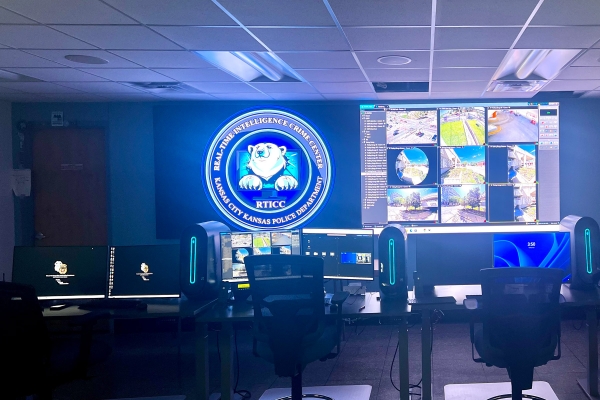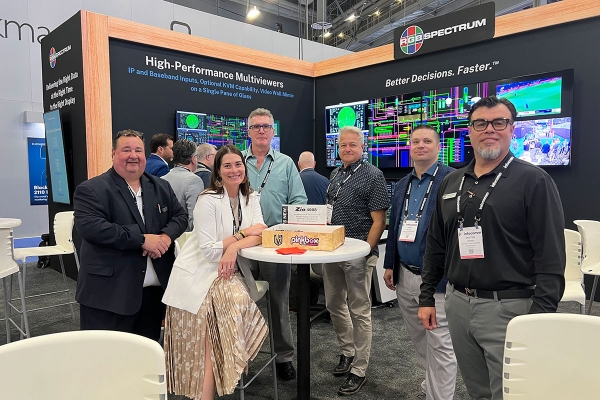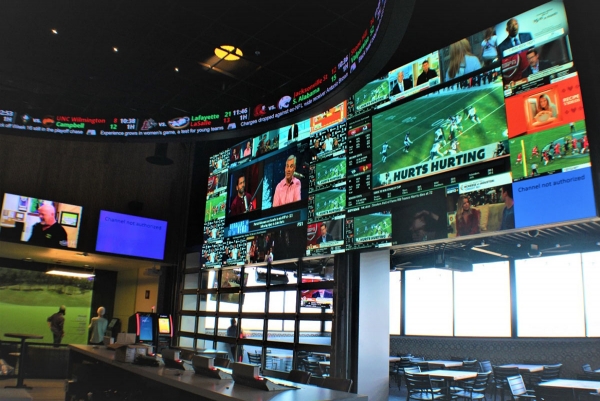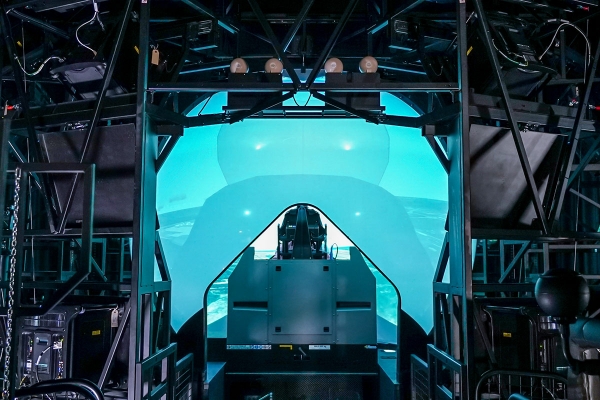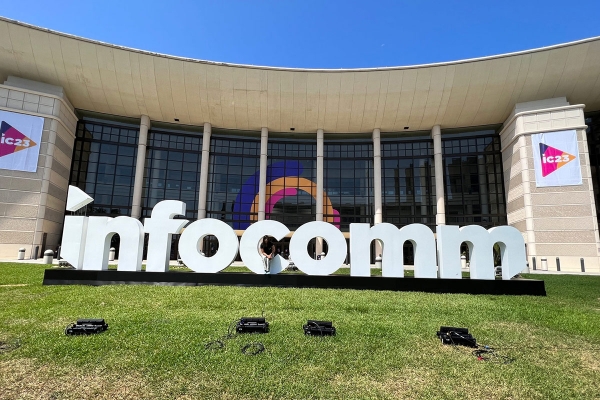News Search
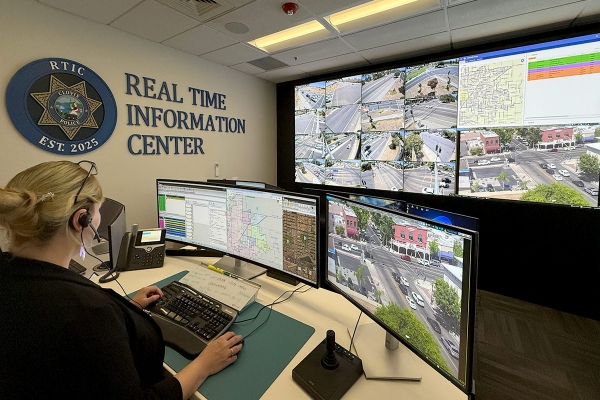
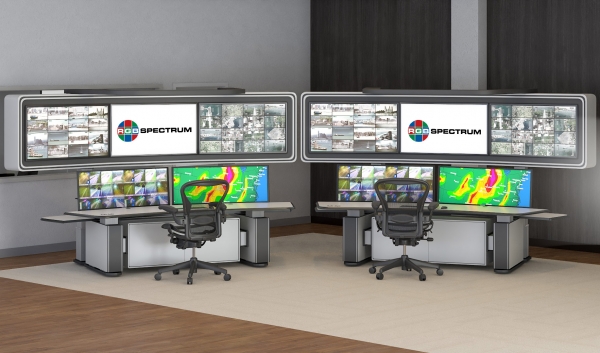
When the City of Norman, Oklahoma set out to develop its new Traffic Management Center (TMC), they didn’t just want an upgrade—they envisioned a smarter, more streamlined environment for real-time traffic monitoring and operational control.

Following a major reorganization, the Orange County Sheriff’s Department faced significant challenges in managing disparate resources across multiple locations. They needed a unified system to support real-time operations and continuous technological innovation. RGB Spectrum's XtendPoint KVM-over-IP system was selected to manage and distribute video and data across the facility to multiple devices and locations.
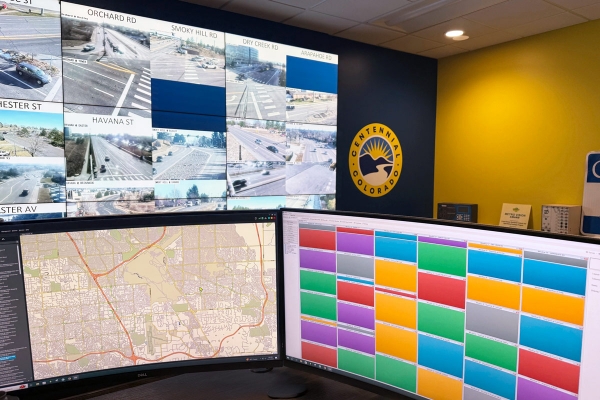

Trident Military Systems, LLC specializes in supporting flight simulation systems for military organizations, particularly the Air National Guard and Air Force Reserve. To ensure pilots and instructors have the best possible tools to train safely and effectively in a truly immersive environment, Trident needed to provide detailed cockpit visualization, synchronized video and network data, and robust debriefing capabilities.
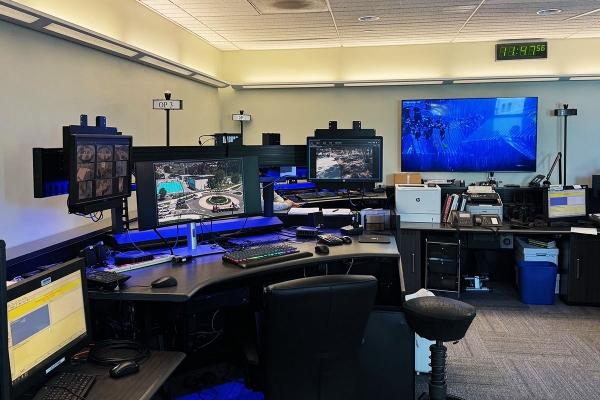
The University of California San Diego (UCSD) Police Department is a full-fledged law enforcement agency responsible for patrolling, investigating, and preventing crime within its jurisdiction. The department’s Communications Division serves as the nerve center, coordinating responses to emergencies, managing communications, and ensuring coordination among officers.
